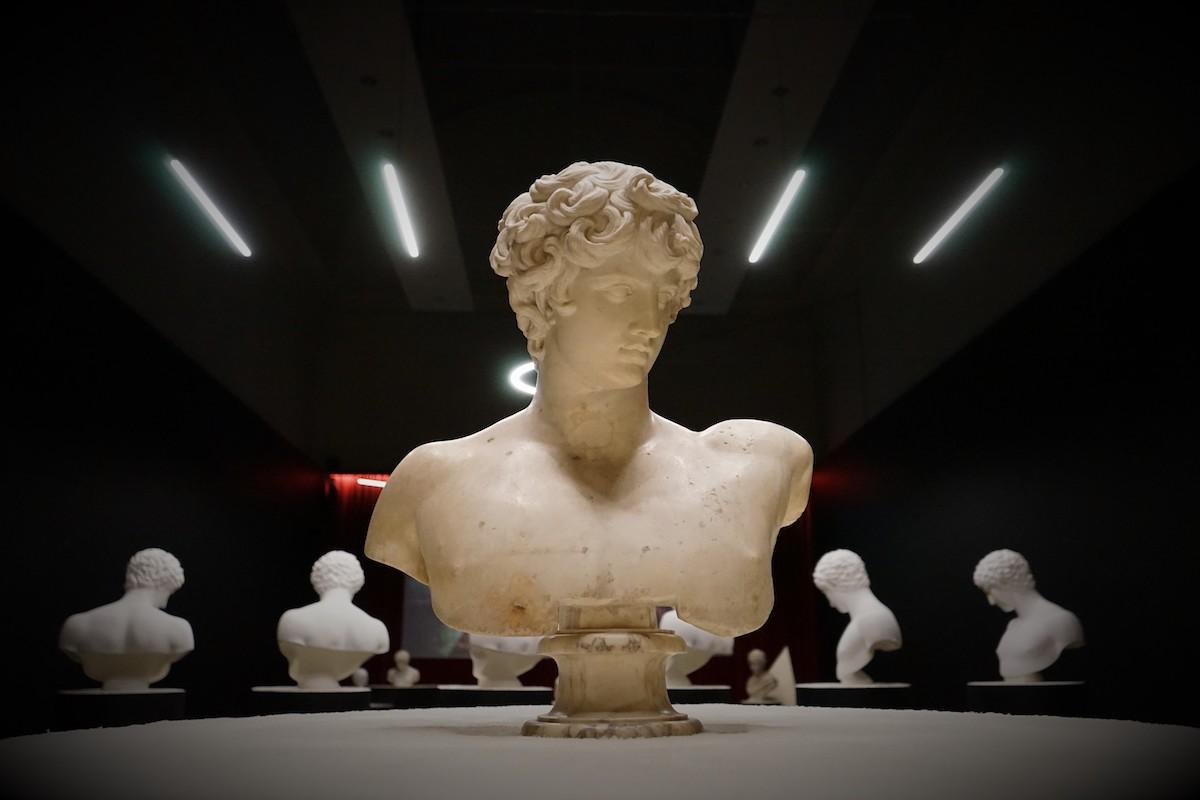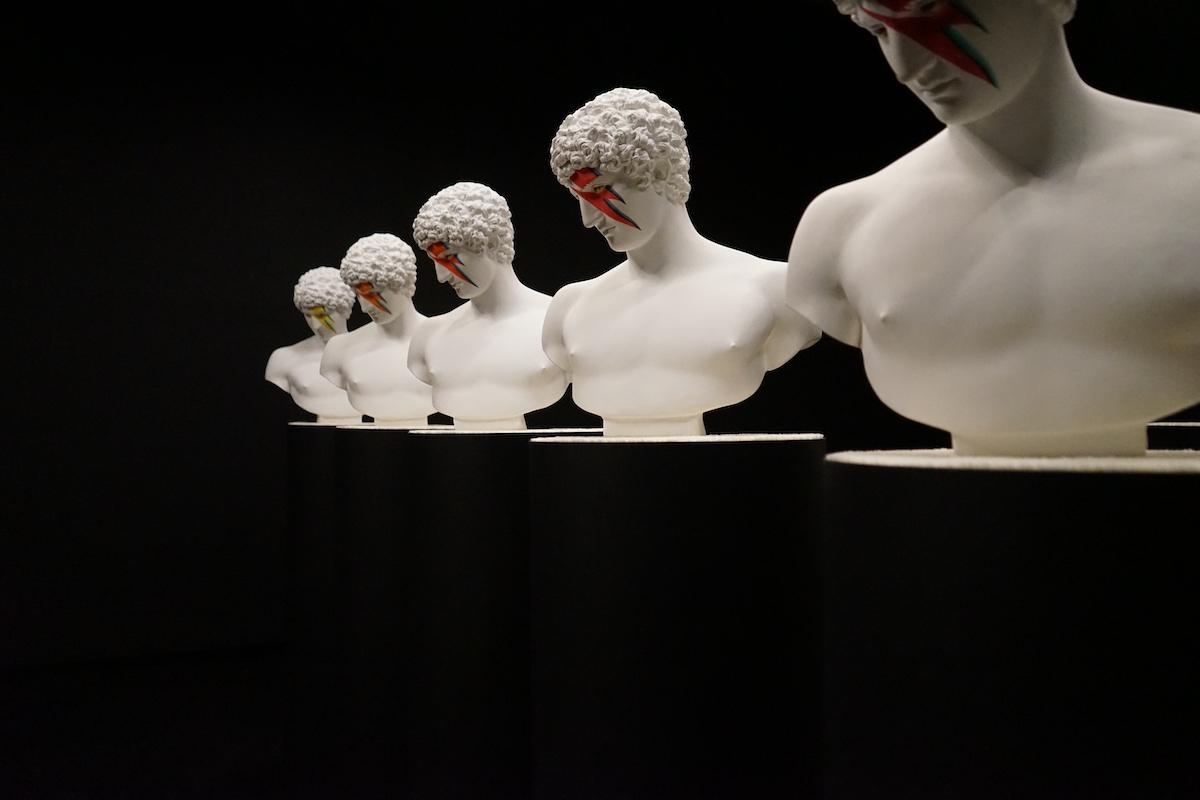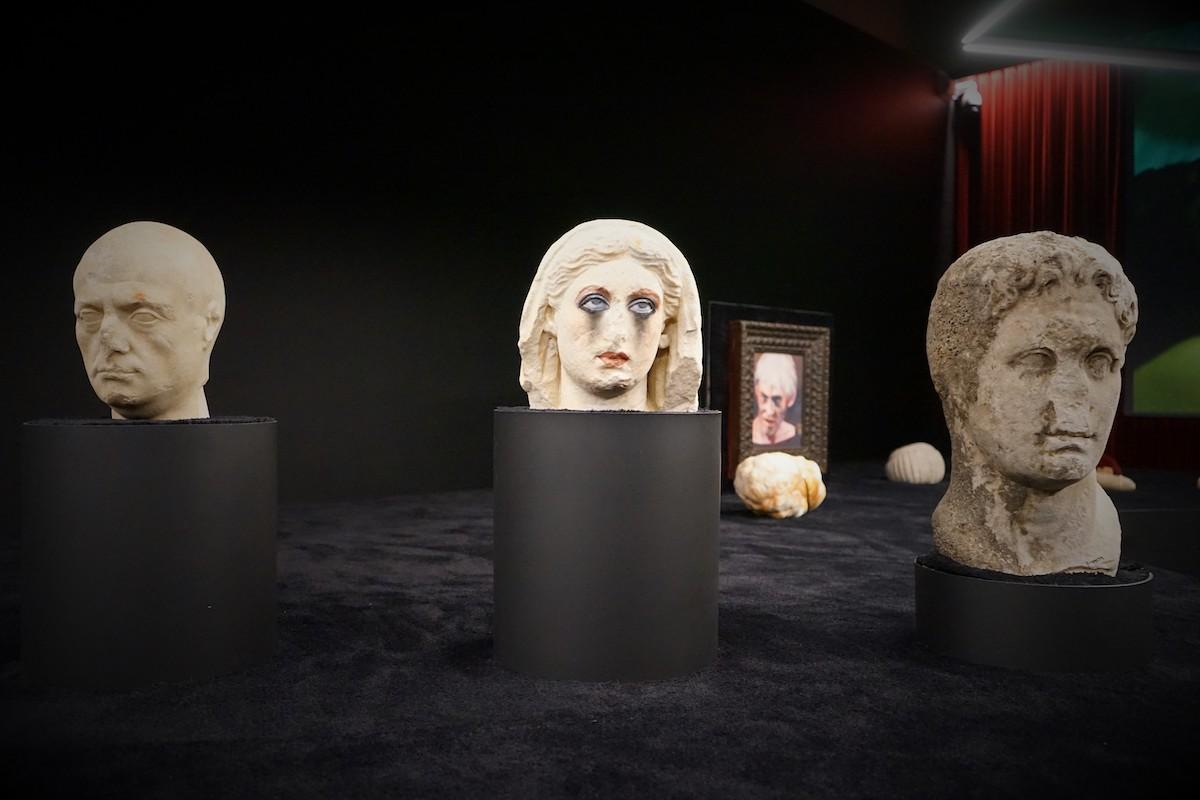Exhibitions that fuse contemporary art with ancient objects might initially surprise due to their apparent dissimilarity. However, these exhibitions often originate from the perception that historical artifacts confer authenticity to contemporary creations, while artists infuse the work of historians with modern relevance and trendiness.
A Partnership with an Uneven Balance: Contemporary Artistic Subjectivity and Historical Objectivity
The partnership between artists and historians inherently lacks equilibrium. Artists navigate subjectivity and possess creative freedom in responding to the ancient world, while historians grapple with constraints imposed by preexisting material and the requirement of objective presentation. Curators, confronted with these contrasting approaches and diverse audiences, must surmount these challenges to establish fruitful collaborations.
The Danger and Desire of Contemporary Art: Vita Dulcis in the Roman Empire
In Rome’s Palazzo Esposizioni, the exhibit “Vita Dulcis: Fear and Desire in the Roman Empire” is on display. Collaboratively curated by Italian artist Francesco Vezzoli and archaeologist Stéphane Verger, the exhibition interweaves Vezzoli’s engagement with the Roman world spanning a decade with an array of ancient sculptures and inscriptions from the Museo Nazionale Romano.

Spaces Alive with Engagement: The Division of the Exhibition
The exhibition divides into eight distinct spaces, commencing with a central hall showcasing illuminated figures. These figures, modeled after sculptures from the Classical era, juxtapose portraits of modern female stars with the bodies of goddess Venus and a Maenad. This introduction establishes the exhibition’s tone, merging classic Hollywood glamour with the ancient world.
Themes Brought into Focus: From War to Fragmentation
Branching from the central hall are seven rooms, each dedicated to a thematic exploration. These themes encompass war, homoeroticism, women, death, carnality, power, and fragmentation. Each space intertwines ancient sculptures with Vezzoli’s contemporary contributions, creating captivating dialogues between past and present.
Dialogues Illuminated: Ancient Art and Contemporary Interpretation
Room One places sculptures such as Alexander the Great, the emperor Domitian as Hercules, and Achilles and Penthesilea fragments in juxtaposition. Vezzoli’s additions, such as ‘Achille,’ adorn ancient sculptures, offering fresh perspectives on iconic figures.
Playfulness and Provocation: Embarking on a Journey through Eras
In Room Two, the bust of Antinous, associated with Hadrian, converges with Vezzoli’s ‘Portrait of Antinous as Rock Star,’ paying homage to David Bowie. Throughout the exhibition, Vezzoli’s vibrant embellishments on white marble sculptures blend historical and contemporary elements.
Navigating the Intersection: Historical Context and Interpretation
While many Roman objects hail from the archaeology museum’s storerooms, the exhibition lacks detailed information about them, hindering a comprehensive understanding. This absence is evident in the room dedicated to death, featuring funerary monuments lacking translations of inscriptions. Striking a balance between contemporary presentation and historical context proves to be a challenge.

Disrupting Power: Challenging Conventional Notions
Female busts of Roman emperors Domitian and Marcus Aurelius adorn the walls of the power-themed room. Vezzoli’s additions question the limits of power and accompany screenings of films like ‘Mio figlio Nerone,’ adding depth to the thematic exploration.
Cinematic Threads: Contemporary Film’s Impact on Perceptions
The exhibition’s title, ‘Vita Dulcis,’ a Latinization of ‘La Dolce Vita,’ alludes to its cinematic influences. Clips from movies like ‘Gladiator,’ ‘Spartacus,’ and ‘Cleopatra’ saturate the rooms, melding film’s portrayal of ancient Rome with contemporary interpretations.
A Playful Touch: Vezzoli’s ‘Trailer for a Remake’
In the room centered on fragmentation, Vezzoli’s ‘Trailer for a Remake of Gore Vidal’s Caligula’ challenges the 1979 film ‘Caligula’ with humor. This lighthearted touch resonates with the exhibition’s most engaging aspects, where irony and enjoyment intertwine.
In Conclusion: An Ironic Exploration of Eras
‘Vita Dulcis’ expertly unites contemporary art and ancient artifacts. While certain elements might provoke questions, the exhibition ultimately excels in its playful, thought-provoking, and occasionally cheeky exploration of intersections between the past and present.
